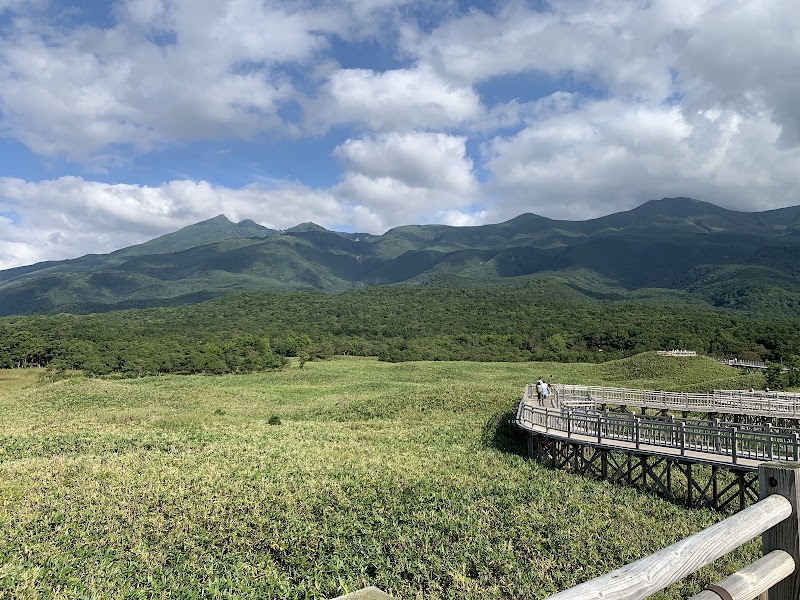
Frozen Wonders and Fiery Spirits: Exploring the Lake Kussharo Ice Festival in Teshikaga
Experience the Lake Kussharo Ice Festival, where the frozen lake transforms into a canvas of towering ice sculptures and natural hot springs offer surprising warmth against the frost. This winter event in Teshikaga combines rugged terrain with cultural spectacle, perfect for explorers seeking both adventure and practical winter challenges.
Wear High-Traction, Waterproof Boots
Ice-covered trails demand boots with excellent grip to avoid slips. Waterproofing keeps your feet dry during walks near the lake’s edges and hot springs.
Layer Up for Variable Temperatures
Use moisture-wicking base layers paired with warm mid-layers and windproof outer shells to adjust easily from icy winds to heated festival tents.
Carry Insulated Water Bottle
Cold air reduces thirst sensations, so an insulated bottle helps keep water from freezing and reminds you to stay hydrated.
Plan Festival Visits in Afternoon Light
Mid-afternoon offers the best visibility and lighting for both enjoying activities and capturing photographs before sunset.
Frozen Wonders and Fiery Spirits: Exploring the Lake Kussharo Ice Festival in Teshikaga
Every February, Lake Kussharo in Teshikaga emerges as a stage for a fascinating winter spectacle: the Lake Kussharo Ice Festival. Set against the dramatic backdrop of Hokkaido’s vast, frozen lake, this event offers more than fleeting beauty—it invites visitors to engage with a landscape both fierce and fleeting, a place where ice and fire share their intensity. The frozen surface, stretching over 65 square kilometers, invites you to tread carefully, as nature holds firm and wild beneath a thick, silvery crust.
The festival’s focal point is a towering ice sculpture of a mythical Ainu bear spirit, carved painstakingly from the lake’s own hardened skin. Illuminated at night by fiery torches, these sculptures offer a tactile and visual contrast against the cold air and endless white, a stark reminder of the powerful forces shaping this environment. Along the lake’s edge, steam rises from natural hot springs, daring you to dip into their warmth despite the biting chill.
Practicality matters here. Approaching the festival zone means navigating frozen terrain that can be slippery and uneven; sturdy waterproof boots with sharp traction are a necessity, alongside layered clothing to manage the shifting body temperature from the chill air to heated tents and springs. The festival runs primarily from mid-January through late February, when the lake’s ice achieves maximum thickness but before the seasonal thaw loosens its grip.
For adventurers venturing beyond the festival heat and light, the nearby trails climb gently through thick conifer forests dotted with frost-hung branches, their silence punctuated by the crunch of snow underfoot. The typical hike around the rim of the lake covers approximately 8 kilometers with a modest elevation gain of about 200 meters, enough to test lungs acclimatized to cold but not so steep as to deter casual winter hikers.
Bring a reliable water bottle, insulated if possible, as winter dehydration creeps unnoticed in the cold, and plan your visit to coincide with mid-afternoon light hours—the golden glow here sharpens the contrasts of ice and shadow. For photographers and explorers alike, the festival offers moments of brisk exhilaration mixed with mesmerizing calm. It’s a space where nature is not tamed but respected as a force fiercely itself, inviting engagement on its own unforgiving terms.
Whether you come for the thunderous excitement of ice sculpting contests, the quiet thermal river walks, or the raw elemental beauty of the lake’s frozen expanse, the Lake Kussharo Ice Festival demands presence and preparation. It’s an adventure that rewards those willing to meet the cold head-on with a weave of firelight, ice artistry, and the unexpected warmth of northern hospitality.
Nearby Trips
All Adventures
Boat Charters
Water Activities
Adventures near Teshikaga, Hokkaido
Discover the unique and memorable adventures that make Teshikaga, Hokkaido special.
Frequently Asked Questions
How thick is the ice on Lake Kussharo during the festival?
The ice reaches a thickness of up to 70 cm during the peak festival period in February, making it safe for walking and sculpture installation when properly monitored.
Are the hot springs safe to use during the festival?
Yes, the natural hot springs around Lake Kussharo remain accessible and heated year-round. Visitors can warm up in designated areas with sauna-like steam vents and soaking pools.
What wildlife might I encounter around the lake in winter?
Look out for red foxes and Hokkaido squirrels, often active despite the cold. Birds such as the Black Woodpecker and diverse waterfowl sometimes skim frozen waters.
Is there public transportation to the festival from Teshikaga?
Bus services run regularly from Teshikaga town center to Lake Kussharo during festival dates, but schedules are limited, so planning ahead is essential.
Are guided tours available during the Ice Festival?
Yes, local guides offer tours that explain Ainu cultural references in the ice sculptures and lead visitors safely across the frozen lake and surrounding trails.
What should I avoid to respect the environment during my visit?
Avoid walking on thin ice areas marked as unsafe and refrain from disturbing local wildlife. Use only designated paths to prevent damage to fragile winter flora.
Recommended Gear
Waterproof Hiking Boots with Grip
Keeps feet dry and provides traction on slippery ice and snow-covered paths.
Moisture-Wicking Base Layers
Allows sweat to escape, preventing chills during active periods outdoors.
Insulated Water Bottle
Prevents water from freezing, encouraging hydration in cold weather.
Thermal Gloves and Hat
Protect extremities from frostbite and maintain body heat.
Local Insights
Hidden Gems
- "The eastern shoreline viewpoint offers panoramic vistas of the lake's vast frozen expanse with fewer crowds."
- "Hot spring steam vents accessible only during winter fog create natural sauna spots away from festival zones."
Wildlife
- "Hokkaido red foxes scavenging near the forest edge."
- "Occasional sightings of sable, a native predator adapted to harsh winters."
History
"Lake Kussharo holds deep significance for the Ainu people, and the ice festival's bear spirit sculpture underscores their reverence for nature and ancestral myths."
